On The Road - Day 1
I have been encouraged to do a diary/blog for our trip to the WSOP this year. As we did last year, Pascale, Bowie and I are doing the trip in an RV. Very lucky that I was able to rent my house out to 3 ex-Navy Seals whose schedule coincided with ours. I guess they had a hard time finding a place with their two Rottweilers.
We planned to hit the road on Mothers Day and the route to Las Vegas was fully mapped and RV parks reserved. When driving a house, there are always some issues: some significant, mostly small. Since we purchased the RV, we have been working through a bunch of small things like drawers that don't close, step cover that rattles, outlets that didn't have power... And we had a significant issue with the electrical system which was a headache, but did not prevent us from using the coach. The house batteries are supposed to charge when driving. This was not happening, so they needed to be connected to land power to charge. This led to situations where we would drive for a day and at the end, entry steps would not extend/retract, cameras stopped working... As of last fall, after 3-4 trips to the dealer in Fort Myers, all the issues were thought to be resolved.
For those with no knowledge, here is a quick introduction to motorhome power. There are 2 sets of batteries. There is the "chassis" battery (actually 2 heavy duty automobile batteries) which provides power to start the engine, power the headlights, dash A/C, etc., similar to an automobile battery. Then there are the "house" batteries, a set of six heavy duty batteries that power everything in the coach: electric outlets, water heater, water pump, TV's... When parked with access to land power, these batteries will charge and the land power will run everything in the coach. The batteries do not have sufficient power to run the 3 house A/C units. So, if not connected to land power, there is also a generator which will power the A/C as well as everything else in the coach. Lastly, there is an inverter, which will convert the DC power from the chassis battery to AC to run the refrigerator when no other power is available for it. When not in use, the batteries can be switched off so there is no drain. We do this every time we store the coach. We rent a covered storage space at a U-Haul. When we rented, they had just opened and advertised that they would install power. This would allow us to keep the batteries charged and the refrigerator cold. That was almost two years ago, and no power in sight. They have raised rental fees, however.
Given that we hadn't been out in five months, I checked the RV a week ahead to make sure all was good. Checked tire pressure, ran the engine, ran the generator (thinking it would charge the house batteries). All seemed fine. Returned the day before we left to start loading and, again, everything seemed fine. I left the batteries on overnight, assuming this would not be a problem.
When we got back Sunday morning, we loaded the coach, started the engine and ran the generator. The electric indicator was "dead battery charging". Dead battery - bad, charging - good. Unfortunately, as we prepared to leave, there were still things not working. The cameras (there are 3, right, left, rear) were not functioning. The radio/navigation would not turn on. But, I figured we could leave and the batteries would charge while on the road and everything would come to life. Unfortunately, there was a problem with the entry steps which are powered by the dead house batteries. While I could not prevent them for extending when the door opened, I could not get them to retract when the door closed. Obviously, driving with the steps extended is impossible. I figured there must be a trick, but no one around on Sunday morning to call. Service at dealer closed. Tiffin (the manufacturer) closed. So I called FMCA roadside assistance to see if they had a trick for getting the stairs to retract. I had switched from AAA Platinum RV roadside assistance when they were twice last year unable to provide service because I had an RV. (Yes, it is an RV policy.) Unfortunately, searching for me by membership number, name, address and the RV VIN, the roadside assistance dispatcher was unable to find me so they were not able to provide assistance unless I was willing to pay the cost out of pocket. Lovely.
Last year, I learned from the Tiffin tech how to jump the house batteries from the chassis batteries using a jumper cable. So, I figured this could be the solution. I went out to the battery array, hooked up the jumper cables and voila! The steps retracted. Unfortunately, when I opened the door to re-enter the coach, the steps extended and then refused to retract when the door was closed. I tried a few times, all with the same result. So, I decided the best approach was to hook up the tow car, close the door, jump the batteries to get the steps to retract, and then crawl into the coach through the window. Since nothing is easy, the window on the coach is about six feet off the ground. But I got the stairs retracted, removed the cables, closed the door to the battery compartment, handed Pascale the cables through the window and then climbed up on the tire and used the fuel filling inlet as a foothold to climb in through the 18x18 inch window. And, finally, we are on the road.
Unfortunately, after an hour on the road, with the generator running, the radio/navigation was still not working nor were the cameras. I had the inverter on to run the refrigerator but it appeared there was still no house power. I figured the generator was not helping and I was just wasting fuel so I shut it down. And poof, radio came on, cameras worked. All good. So, apparently there is something by design, or not, that prevented the house batteries from feeding power with the generator running. And the generator was not powering the coach. Something to figure out on Monday.
The drive to Flagler Beach was mostly non-eventful after that, other than two events. One, a guy pulling a fifth wheel passed me and almost hit me as he was a foot into my line while passing. I watched him ahead of me driving over the lane lines and moving back and forth in the lane. Did not look good. Twenty minutes later, after it started raining, I caught up with him.
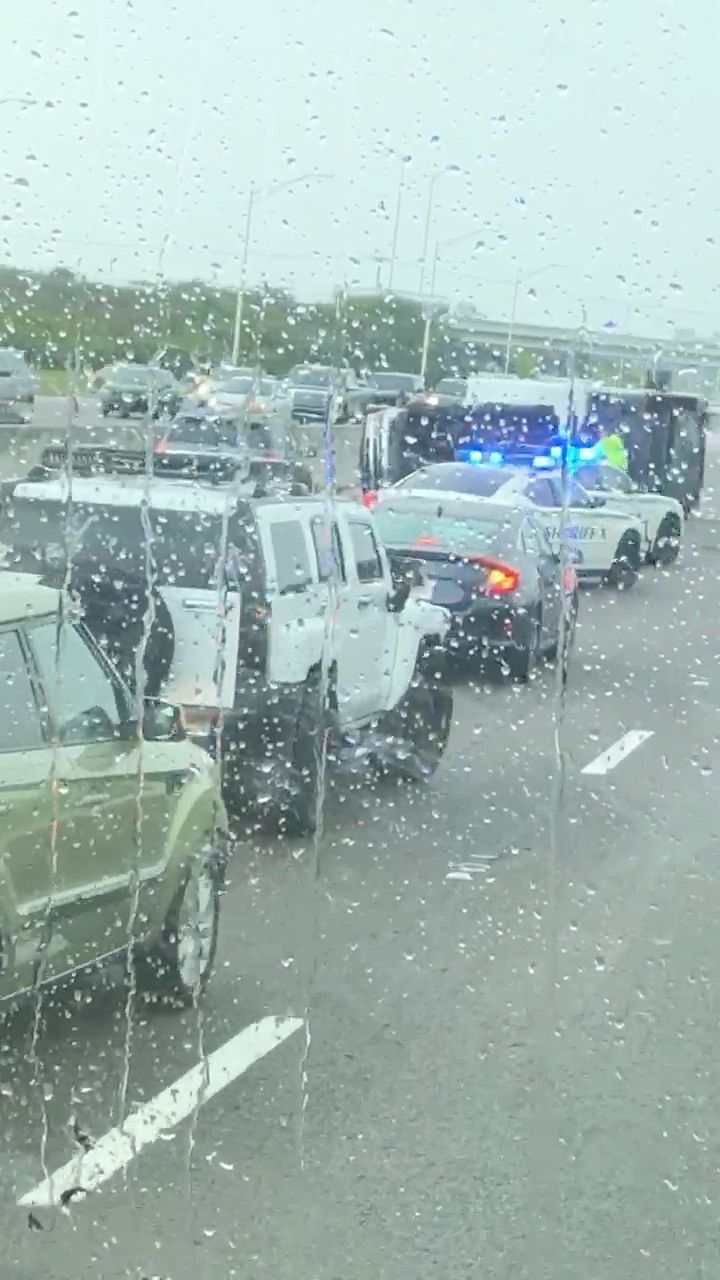
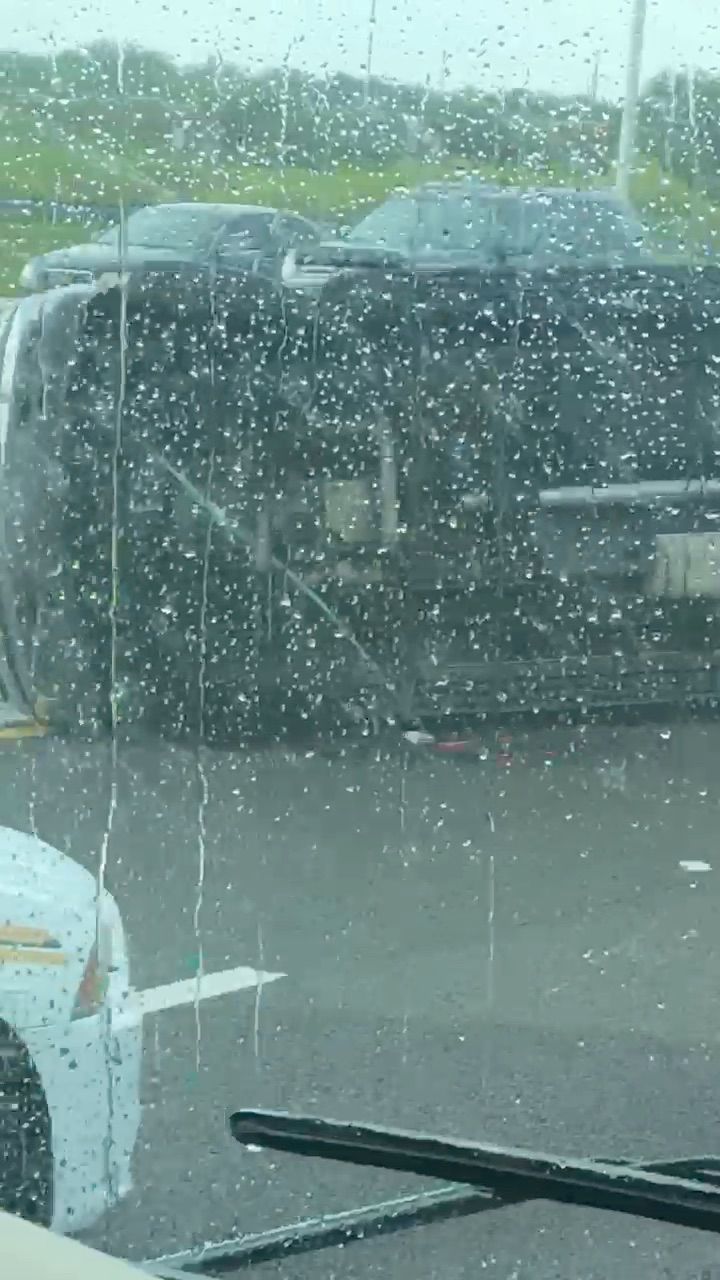
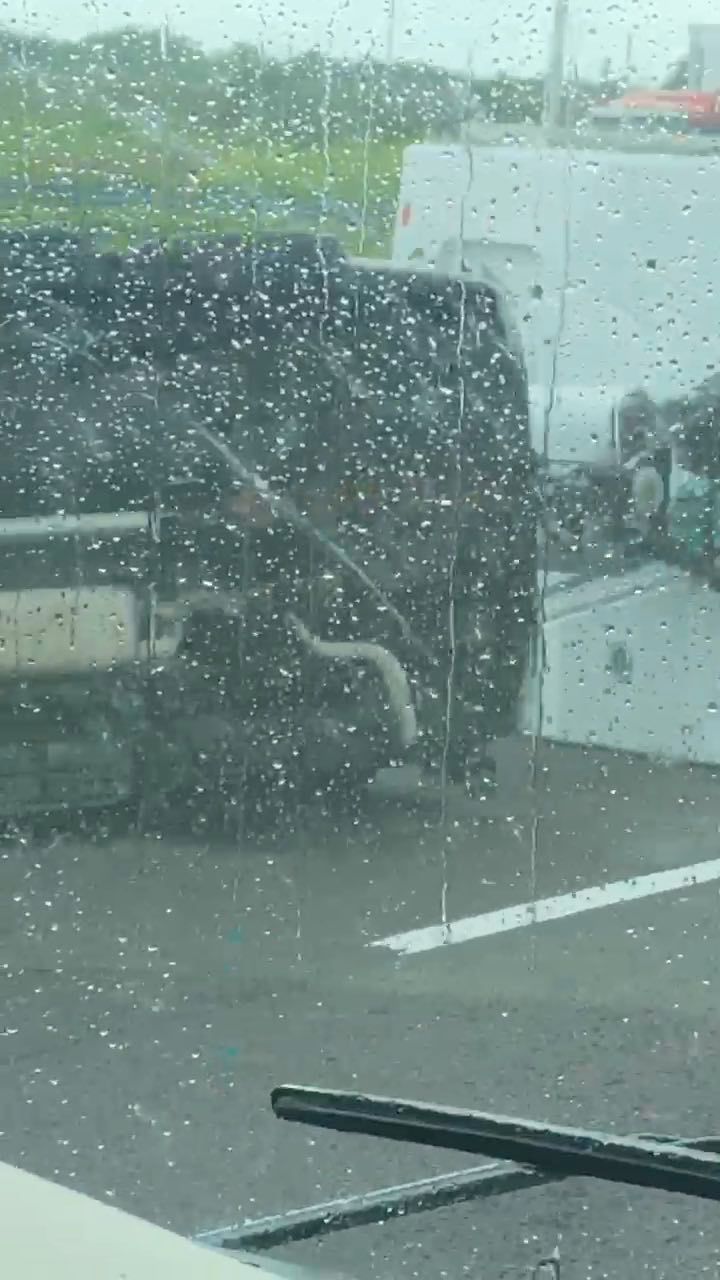
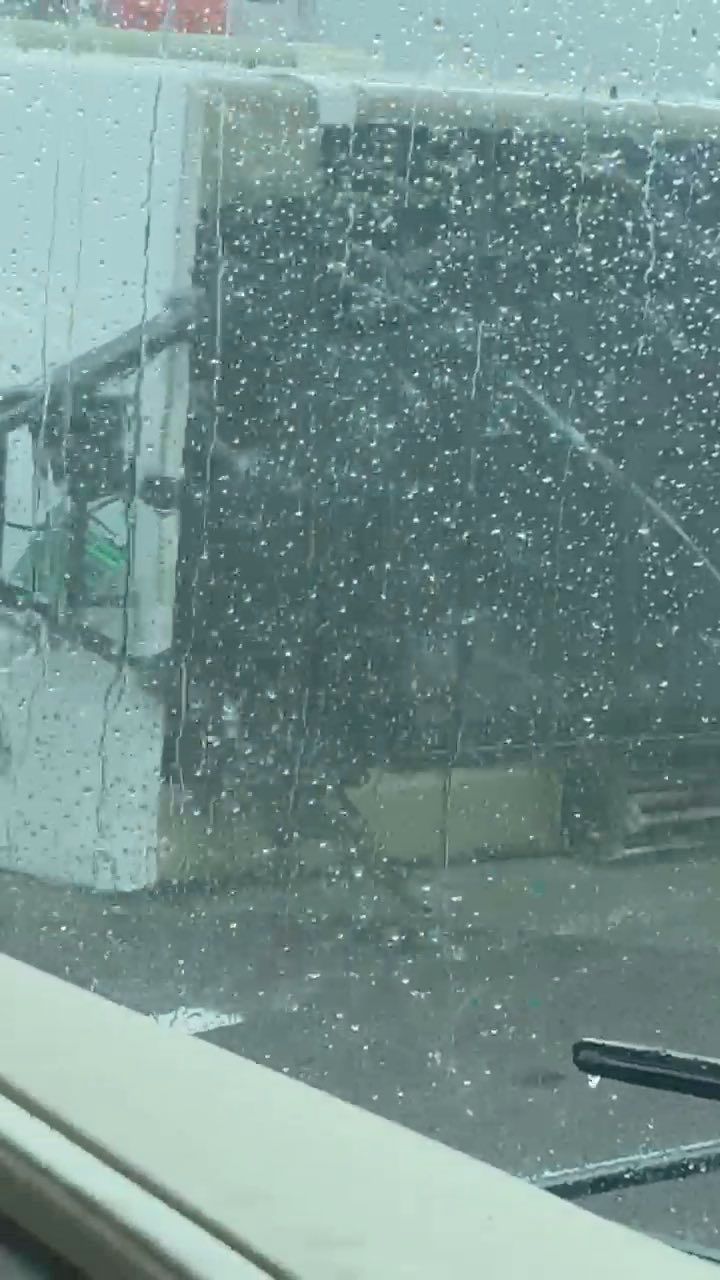
That will ruin a vacation!
The second event, actually more of an experience than an event, was the lovebugs. This was my first lovebug interaction, but here is what I learned. Lovebugs swarm twice per year on the Florida Space Coast, in May and October. When they swarm, they are everywhere and, on the highway, hit the windshield at a rate of about 20 per minute. Saw a guy riding a motorcycle with no helmet. Yuck. Hope he kept his mouth closed. Lovebugs have a lifespan of only 4-5 hours. I assume the reason for their name is that they are always humping, flying in pairs. I guess if I was going to live only four hours, that's what I would be doing as well. By the way, for you Florida haters, Florida is not responsible for lovebugs. They are an invasive species that came to the south/central US mid 20th century and migrated to Florida. (How do you make the trip from Louisiana to Daytona Beach when you only live four hours, forgetting the question about the trip from Asia to Louisiana.)
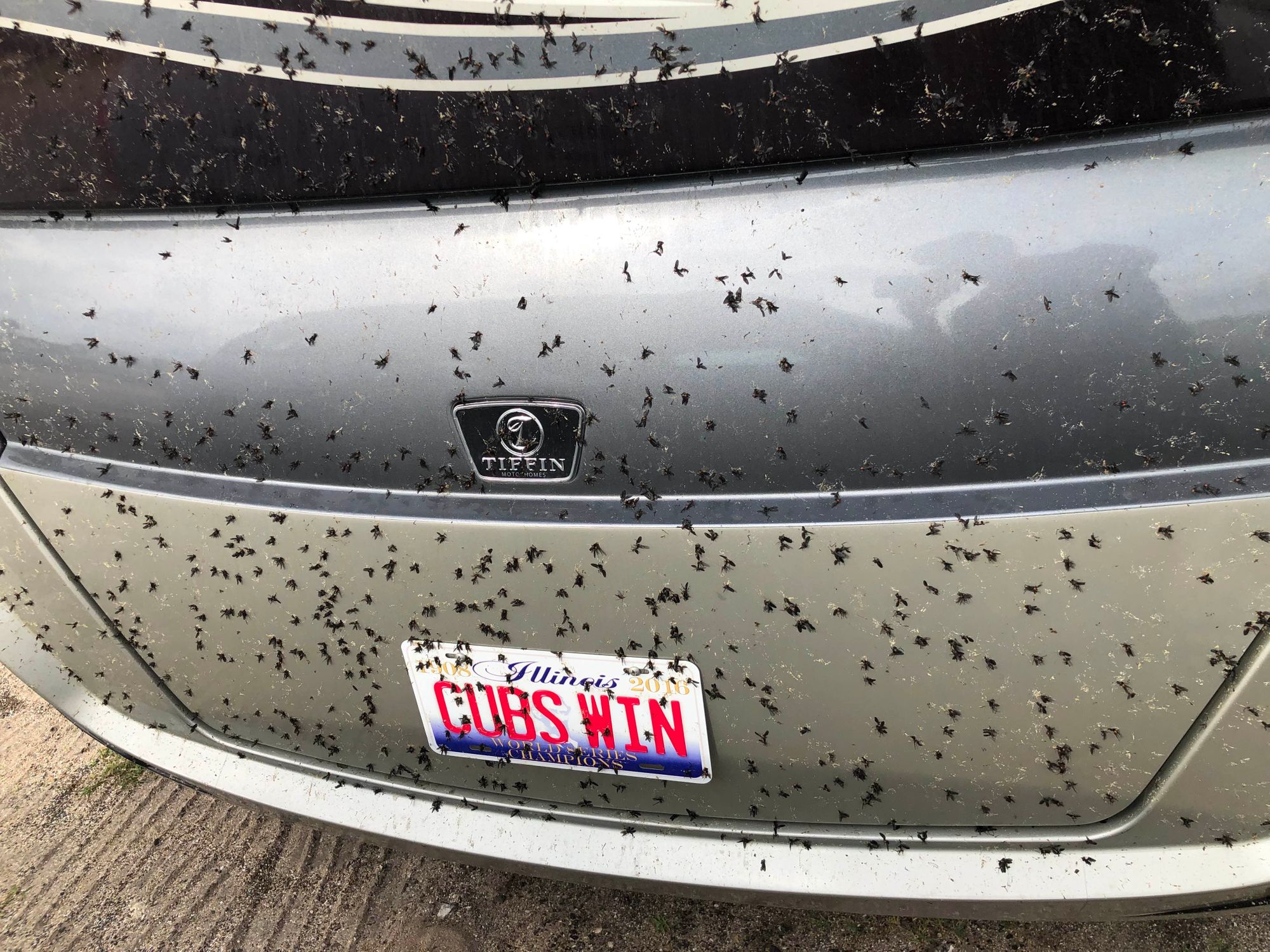
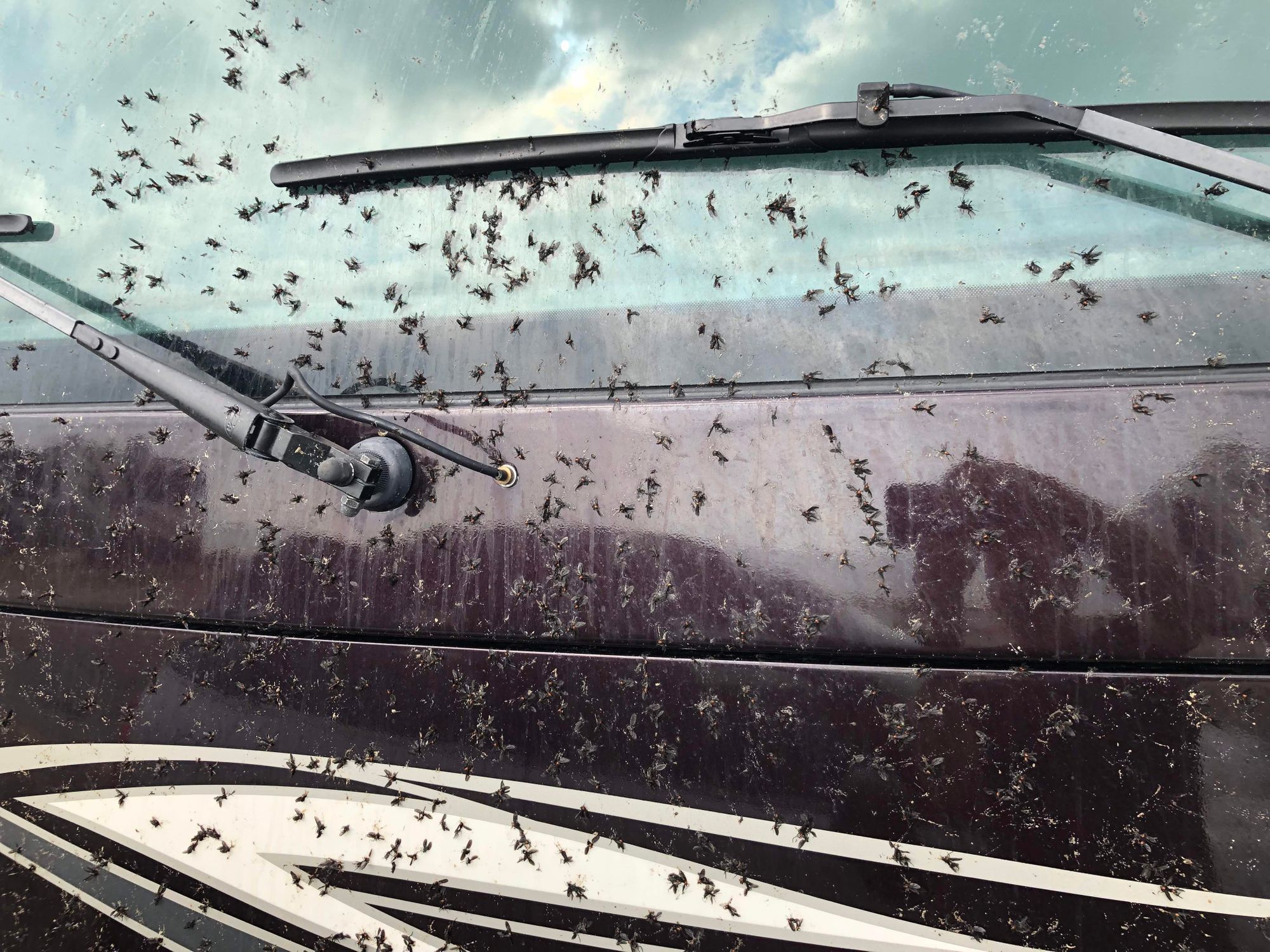
First stop on the road day 2, high pressure car wash.